Open Access in ASEAN: Opportunities, Models, and Regional Challenges
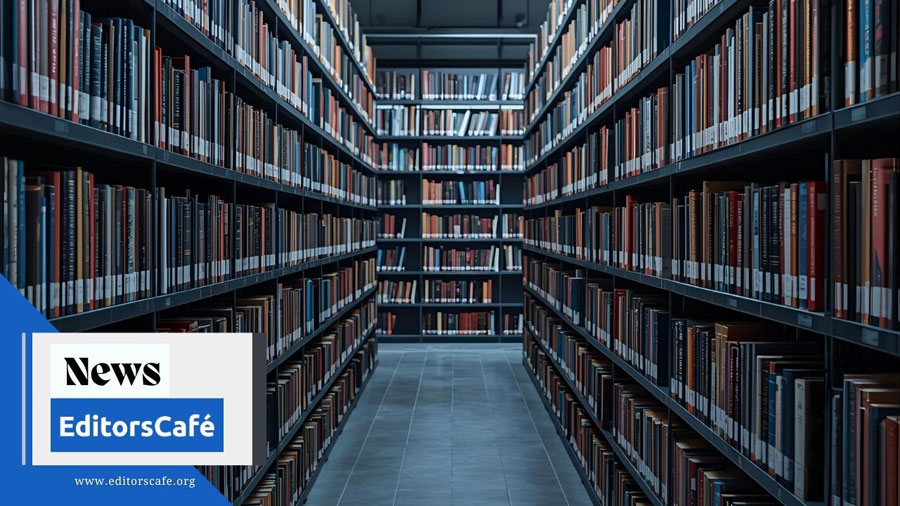
Open access (OA) has changed academic book publishing, providing authors and publishers with new options and problems. By abolishing paywalls, OA increases the accessibility, visibility, and citability of academic literature while also democratizing information dissemination and boosting worldwide collaboration. With demands from governments and funding organizations around the world, publicly financed research is increasingly required to be freely available. OA allows authors to reach out to different audiences outside of academia, increasing their societal influence. OA publishing models encounter challenges such as quality perception, copyright management, and financial viability.
Open access can be achieved in a number of ways, with varying results. A publisher might make the book available open access, or an author might archive a pre-publication manuscript version in a repository for anyone to read. Other models are also possible.
There are several models for open access, and several terms that are used to describe them. It is important to be aware of what your publisher offers and whether you must obey any funder requirements regarding which model you use to publish your work. The three major models for open access are:
Gold: Immediate open access publication in an edition created by the publisher (sometimes called the ‘Version of Record’) and made available via the publisher’s online publication platform. The book is published under a license that permits reuse, e.g., a Creative Commons (CC) license. In some cases, a fee (sometimes called a ‘book processing charge (BPC)’) is levied. This corresponds to the standard “Gold OA” route.
Green: A version of the publication, often the ‘author accepted manuscript (AAM)’, is archived online, e.g., in a repository. It does not include any of the work typically carried out by the publisher, such as copy-editing, proofreading, typesetting, indexing, metadata tagging, marketing, or distribution. It may not be listed on the publisher’s website. It can be freely accessed, but sometimes only following an embargo period, and it may not be released under a Creative Commons license. Green open access is also referred to as ‘self-archiving’.
Diamond (also known as platinum): Refers to gold open access without fees. It is typically used by publishers who emphasise that they do not charge authors to publish open access.
You might also hear the terms gratis and libre being used. Gratis is free to read, but there are barriers to reuse. Libre is free to read, and the work is openly licensed (often through the use of Creative Commons licenses) so that barriers to re-use are removed.
The Association of Southeast Asian Nations (ASEAN) is a regional organization comprised of 10 countries: Brunei, Cambodia, Indonesia, Laos, Malaysia, Myanmar, the Philippines, Singapore, Thailand, and Vietnam. As of 2024, ASEAN countries have a collective population of ~678 million people, making them the world’s third most populous region, with a combined GDP of about US$3.9 trillion.
ASEAN nations are increasingly implementing national and institutional open access (OA) policies to improve the exposure, accessibility, and impact of research, even though implementation varies from one country to another. Some nations, like Malaysia and Indonesia, place a high priority on institutional repositories, while others, like Singapore, have powerful funding organisations that demand open access. Although there are still concerns with repository publicity and equal access, the benefits include more citations and downloads for open-access journals, increased institutional prestige, and greater information interchange. For example, a recent study of Gold OA in ASEAN countries found that Gold OA enhances knowledge dissemination, accessibility, visibility, transparency and inclusivity and collaboration.
Challenges and regional context
While these models offer equitable alternatives, they also face challenges in the ASEAN region, among those challenges:
- Sustainability: Many non-APC (article processing charge) journals, particularly small university- or society-run ones, often rely on short-term grants or volunteer labour, making long-term sustainability a concern.
- Fragmented efforts: Unlike the consolidated national platforms seen in Latin America (like SciELO and Redalyc), the Diamond OA landscape in ASEAN is more fragmented, with many small, institutionally-based initiatives.
- Perceived prestige: Some researchers continue to favour publishing in commercial Gold OA journals or traditional subscription journals due to perceptions of higher prestige or impact factors.
- International visibility: Smaller non-APC journals may struggle to achieve the international visibility and indexation that commercially published journals possess, though efforts are being made to address this via databases like the Directory of Open Access Journals (DOAJ).
In the ASEAN context, these issues are compounded by varying levels of infrastructure, funding, policy maturity, and institutional capacity. The region’s diversity of languages, research cultures, and resources means that a one-size-fits-all approach to OA is unlikely to work. Still, with the right coordination, open access can support regional knowledge sharing, raise institutional profiles, and connect ASEAN research to global audiences.
Conclusion
For authors, publishers, and institutions in the ASEAN region, navigating open access means understanding and choosing among the models (Gold, Green, Diamond), aligning with funder and institutional policy, and being aware of both opportunities (greater visibility, access, societal impact) and challenges (sustainability, prestige bias, fragmentation). The promise of OA is clear: if managed and supported properly, it can democratize access to knowledge across ASEAN, boost the region’s research visibility, foster collaboration, and enhance societal impact. The task now is to build the infrastructure, policy coherence, and awareness that will turn that promise into sustained practice.
Keywords
Open Access ASEAN gold open access green open access diamond open access institutional repositories research visibility sustainability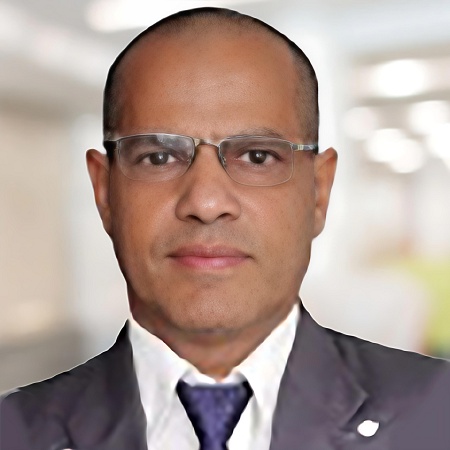
My Bachelor degree in CHEMICAL ENGINEERING was obtained from Kind Saud University, Riyadh, Saudi Arabia, 1991. Master (2001) and PhD (2004) from Mie University, Japan. I was appointed as a full time research in Mie Industry and Enterprise Support Center (MIESC), Japan from (4/2005 – 6/2007). Full time researcher in Anotsu Research Institute for Environmental Restoration (ARIER), Mie, Japan from 7/2007- 4/2009). From 5/2009 joined University College TATI, Terengganu, Malaysia as a lecturer, became the Dean of Chemical Engineering Technology, at the same university from 8/2012 to 2/2013. From 3/2013 till 12/2014, I was appointed as the Dean of Research Management Centre (RMC) in the same university. Currently I m working as Associate Professor in the Department of Chemical Engineering Technology, University College TATI supervising Degree, Master & PhD students. Contributor as a leader or as co-researcher different research grants funded by KPM and UCTATI. Besides my research and academic activities including publications, funded projects, supervision of postgraduate and undergraduate students, I am also an accomplished expert in the sustainability, industrial wastes and wastewater treatment processes, carbon dioxide chemistry, fuel production, analytical atomic spectrometry, pollution prevention, physical‒chemical treatment. Moreover, I have received prestigious scholarships and awards such as; awarded the Japanese government (MEXT, scholarship 1998-2004), Japan Society for the Promotion of Science fellow (JSPS June 2011-March 2012). In Malaysia awarded different medals in national and international levels such as ITEX, MTE, and PECIPTA for the significant contribution to cleaner environment. To date I have published more than 30 papers, 2 chapters in books, some of these papers published in high impact journals such as Chemical Engineering Journal (Elsevier), Arabian Journal of Chemistry (Elsevier), Frontiers of Chemical Engineering in China (Springer), IOP and others.
View All Posts by Ahmed H. A. DabwanDisclaimer
The views and opinions expressed in this article are those of the author(s) and do not necessarily reflect the official policy or position of their affiliated institutions, the Asian Council of Science Editors (ACSE), or the Editor’s Café editorial team.

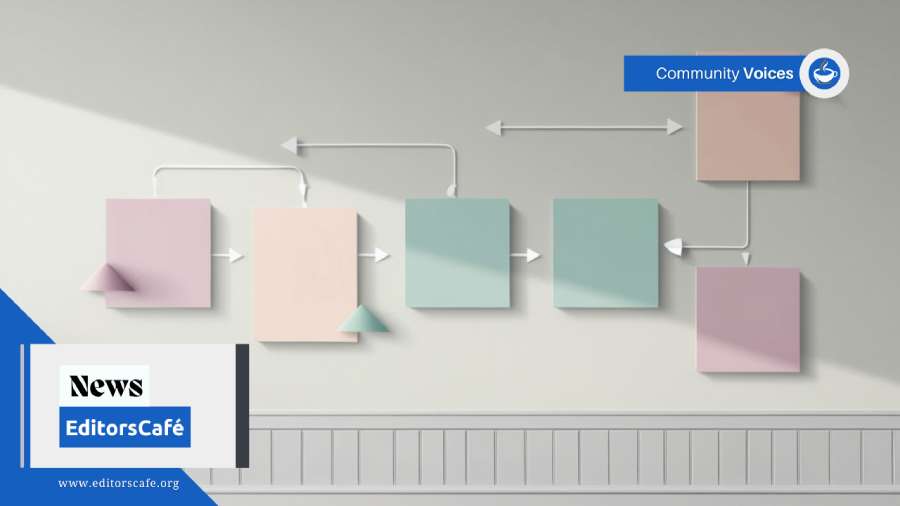
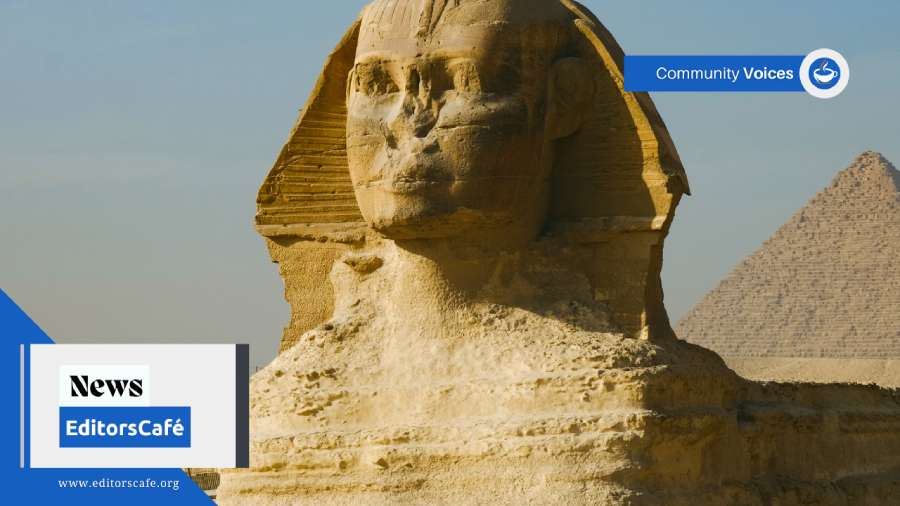
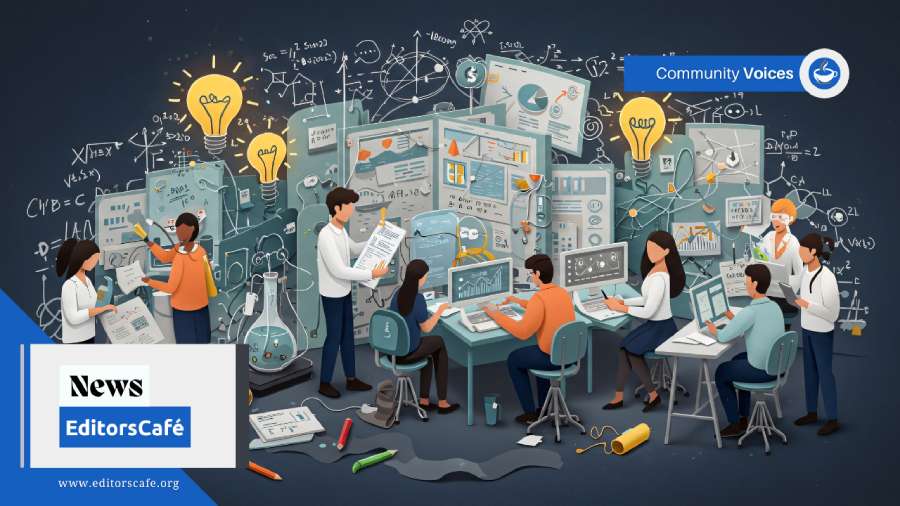
Abdul Syahid
27 October, 2025I truly appreciate your thoughtful piece. Your article brings the regional picture I outlined in 2020 into sharper focus, especially with its discussion of Gold, Green, and Diamond OA models. It’s encouraging to see how ASEAN’s Open Access landscape has matured since then, while many of the challenges we observed- sustainability, visibility, and coordination- still call for collective action. Excellent work in keeping this conversation alive across the region!
https://ijism.isc.ac/article_698322.html